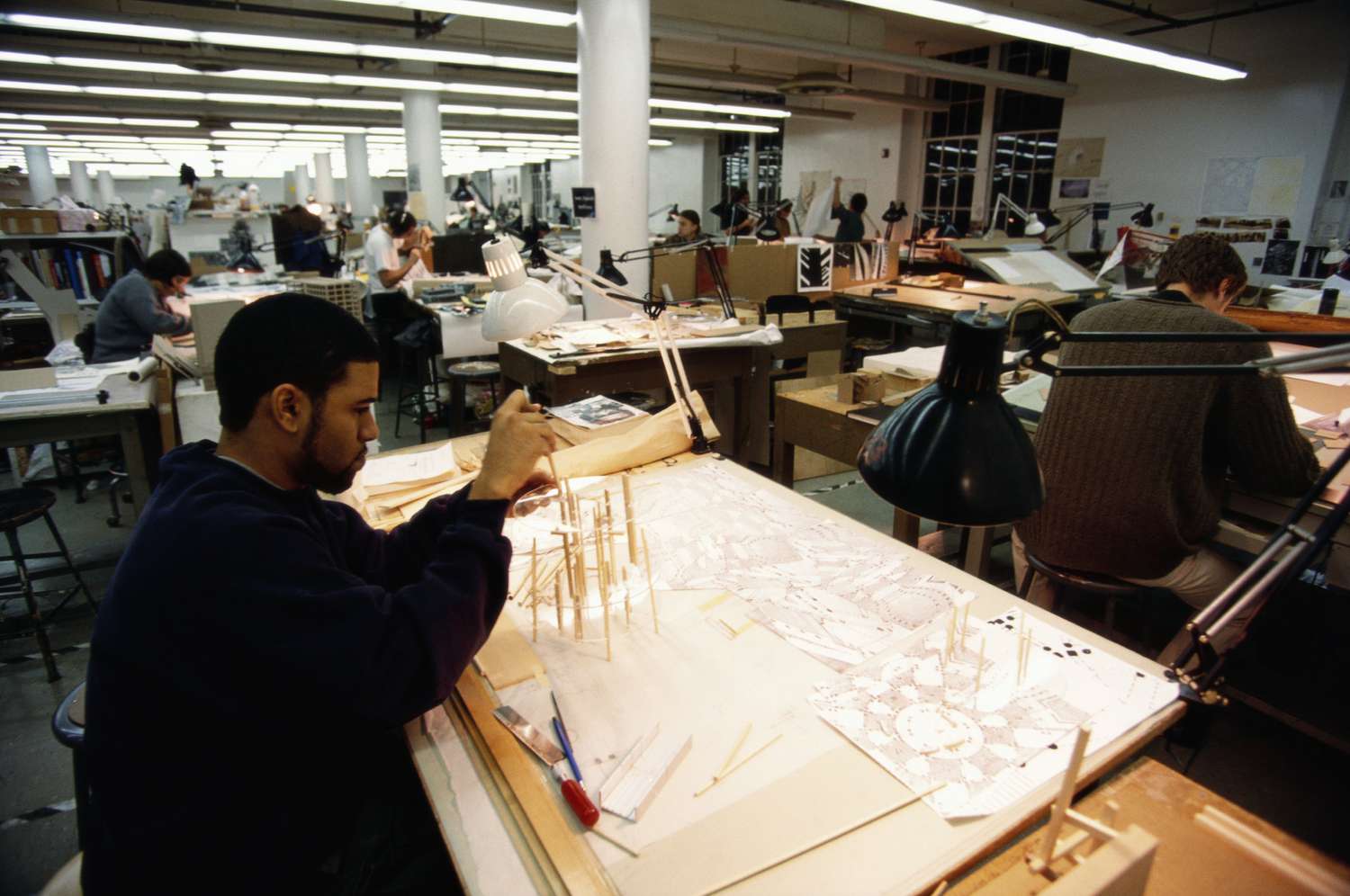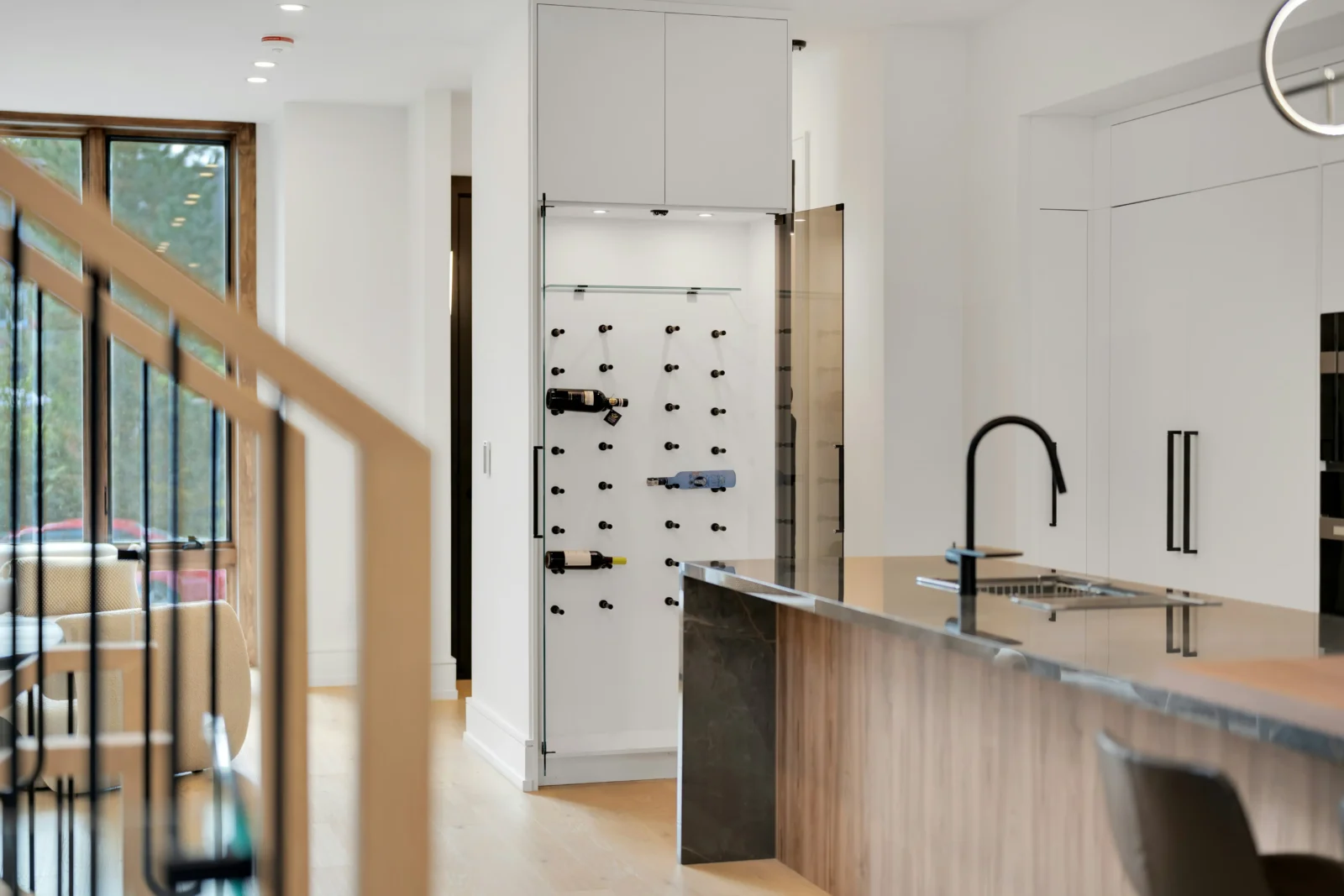- Home
- Articles
- Architectural Portfolio
- Architectral Presentation
- Inspirational Stories
- Architecture News
- Visualization
- BIM Industry
- Facade Design
- Parametric Design
- Career
- Landscape Architecture
- Construction
- Artificial Intelligence
- Sketching
- Design Softwares
- Diagrams
- Writing
- Architectural Tips
- Sustainability
- Courses
- Concept
- Technology
- History & Heritage
- Future of Architecture
- Guides & How-To
- Art & Culture
- Projects
- Interior Design
- Competitions
- Jobs
- Store
- Tools
- More
- Home
- Articles
- Architectural Portfolio
- Architectral Presentation
- Inspirational Stories
- Architecture News
- Visualization
- BIM Industry
- Facade Design
- Parametric Design
- Career
- Landscape Architecture
- Construction
- Artificial Intelligence
- Sketching
- Design Softwares
- Diagrams
- Writing
- Architectural Tips
- Sustainability
- Courses
- Concept
- Technology
- History & Heritage
- Future of Architecture
- Guides & How-To
- Art & Culture
- Projects
- Interior Design
- Competitions
- Jobs
- Store
- Tools
- More

Architecture is between art and science, aesthetics and functionality, creativity, and mathematics. Becoming an architect requires a unique blend of skills that are not typically found in other professions. As an architectural student, you’re on a journey of mastering the art of creating spaces that inspire, comfort, and impress. However, the path to becoming an architect is as challenging as it is rewarding. Navigating architectural school requires dedication, hard work, and a few hacks to make the journey smoother and more enjoyable. In this article, we share ten hacks for architectural school that can make your academic journey less strenuous and more successful. Whether you’re a freshman just starting out or a seasoned student on the brink of graduation, these tips can help you maximize your potential and achieve your architectural dreams.
1.Master Your Software Tools: Be it AutoCAD, SketchUp, Rhino, or Revit, being proficient in architectural software is vital for every architecture student. Spend the time mastering these tools and consider picking up some knowledge in graphic design software like Adobe Photoshop or Illustrator. They will give you an edge in presentations and can provide additional layers of expressiveness to your designs.
2. Learn to Sketch: Despite the prevalence of digital tools, sketching is a timeless skill that can help you quickly conceptualize and communicate ideas. Whether it’s a rough sketch of a floor plan or a detailed perspective drawing, sketching can be an invaluable tool in the architect’s arsenal.

3.Work on Time Management: Architectural school is notorious for long nights. Learn to manage your time effectively to avoid unnecessary all-nighters. A good method to try is the Pomodoro Technique, where work is broken into intervals traditionally 25 minutes in length, separated by short breaks.
4.Balance Your Design Approach: While creativity is a vital component of architecture, don’t ignore the practical and structural aspects of your designs. A stunning design that can’t stand up physically won’t impress your professors or future employers. Learning to integrate aesthetics with functionality early on will serve you well throughout your career.
5.Create a Good Workspace: Your environment influences your productivity. Find a space where you feel comfortable, inspired, and focused. Ensure it’s well-lit, ergonomic, and has room for all the tools and resources you need.

6.Network: Make connections with your fellow students, professors, and professionals in the field. They can provide insights, feedback, and opportunities you might not have otherwise had. Attend lectures, seminars, and other events in your area or online to expand your architectural horizon.
7.Stay Inspired: Take the time to explore different styles, periods, and architects. Visit local buildings of interest, museums, and exhibitions. Read books and watch documentaries about architecture. Staying inspired will help you develop your unique architectural style.
8.Keep a Process Journal: Record your design process, thoughts, and inspirations in a journal. It can help you understand how you work, what influences you, and can serve as a great reference for future projects. This could be a traditional notebook, or a digital tool like a blog or a Pinterest board.
9.Understand Context: Architecture doesn’t exist in a vacuum. When working on a design, consider its context—historical, cultural, physical. How will your design interact with its surroundings? How does it relate to the culture and history of the area? Being able to answer these questions will add depth and value to your designs.

10. Take Care of Your Mental and Physical Health: The pressures of architectural school can be significant. Make sure you’re taking time for self-care. Regular exercise, a healthy diet, and adequate sleep will not only keep you feeling good but will also improve your focus and creativity.
Do not forget that architectural school is a marathon, not a sprint. Cultivate patience, perseverance, and a passion for continuous learning, and you’ll find yourself on a fulfilling and creative path lastly. The hacks mentioned above are not only for surviving architectural school but for thriving in it, helping you grow into a competent, creative, and holistic architect!
Submit your architectural projects
Follow these steps for submission your project. Submission FormLatest Posts
Innovative Cleaning for Modern Materials: How Hydroblasting Supports Architectural Design
Modern buildings don’t hide what they’re made of anymore. Glass is meant...
How to Improve Driving Conditions Around Your Office
Driving to work can feel like navigating a challenge. Traffic jams, potholes,...
Practical Solutions for Modern Home Improvements
Home improvements work best when they solve real problems. Focus on changes...
The Ultimate Guide to the SaaS Localization Process: Navigating Global Markets with Precision
The Software-as-a-Service (SaaS) model has revolutionized how businesses operate by providing cloud-based...












Leave a comment